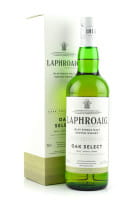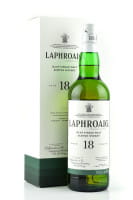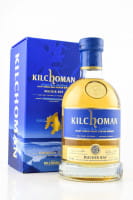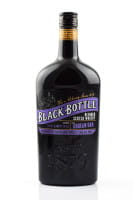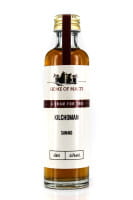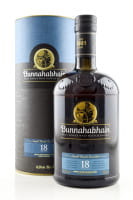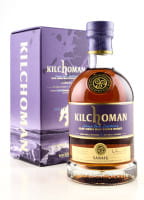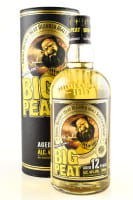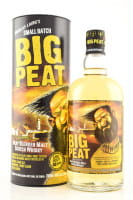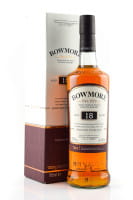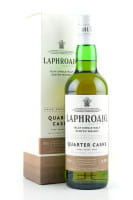
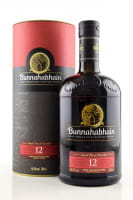
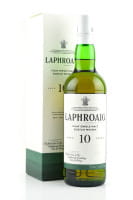
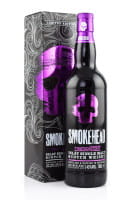
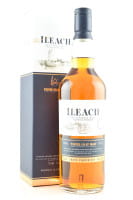
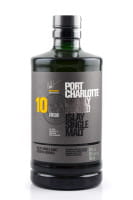
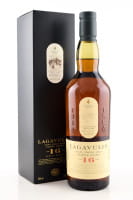
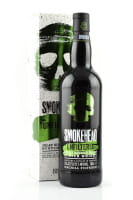
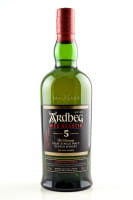
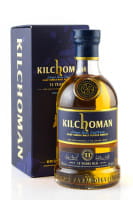
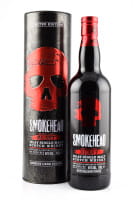
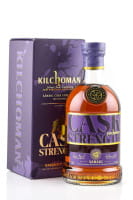
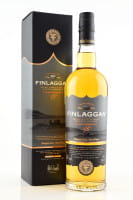
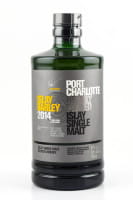
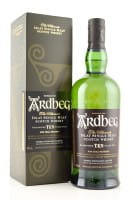
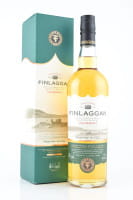
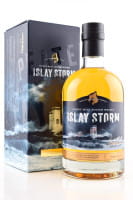
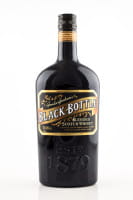
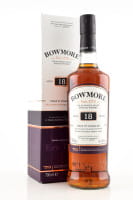
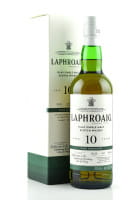
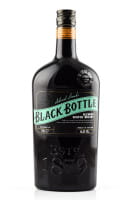
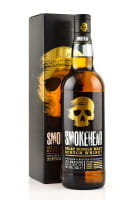
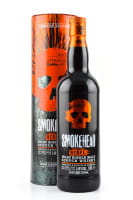
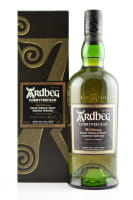
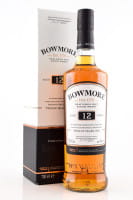










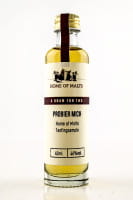
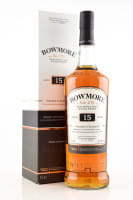
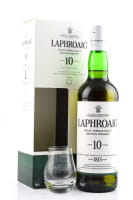
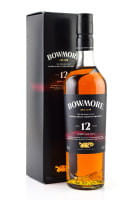


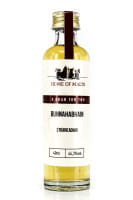

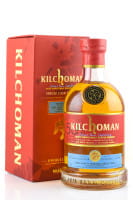
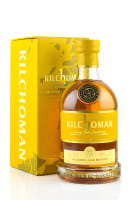
Islay Whisky - In the peat paradise.
There really isn't much going on on this relatively small Hebridean island in south-west Scotland - unless you're interested in birds or Single Malt Scotch Whisky. Because in addition to a large bird sanctuary, Islay has nine malt whisky distilleries to offer. More are already being planned. The legendary Port Ellen Distillery, long closed, is now reopening. Their smoky single malt became a popular and rare collector's whisky after the closure. Port Ellen is also home to the island's malthouse, which supplies peated malt to the Islay Distilleries.
There are three classic Islay whiskys on the south coast. Driving east from Port Ellen you will pass Laphroaig, Lagavulin and Ardbeg. A triad that makes the mouths of fans of smoky whiskys water. If you finally turn around and cross Port Ellen northwards, you will arrive in Bowmore. In the small town, the Bowmore Distillery, Islay's oldest distillery, nestles on the coast. From there you have a view of Bruichladdich on a clear day.
Like Bowmore, Bruichladdich Distillery is situated on Loch Indaal, Islay's large bay. This is where the whisky brands Bruichladdich (barely smoky), Port Charlotte (very smoky) and Octomore (extremely smoky) are created. With Octomore, Bruichladdich once created the smokiest whisky in the world, which sometimes reaches over 300 ppm (phenol parts per million) in its smoke content. If you turn left on the way back from Bruichladdich, the cute farm distillery Kilchoman soon welcomes you with its cafe and visitor centre. Or you continue towards the ferry terminal...
In Port Askaig you can take the ferry to the mainland or to the Isle of Jura, where there is also a whisky distillery to visit. However, you should first take the road further north. Because the Caol Ila Distillery is waiting for you there. It may not be as beautiful as Laphroaig or Ardbeg, but it also makes a great peatet malt. Further north you can visit Islay's newest distillery, Ardnahoe. And last but not least you will find Bunnahabhain at the end of the street. Here you can taste great non-smoky single malt with a delicious sherry influence.
But it's not just the sheer abundance of distilleries that makes Islay (pronounced Eila) a whisky region in its own right. It is also the very own character of single malt whiskies. Islay malts are shaped by the peat that is ubiquitous on the island and the iodine that is found in the North Sea air. And so by far the most powerful, peaty and idiosyncratic single malts in the world are produced here. The kilning process gets the smoky aromas from the peat into the later whisky. The peat smoke permeates the malt. The phenols are retained throughout the entire manufacturing process and are later reflected in the diverse smoke aromas. For fans of smoky Scotch Whisky, Islay is something of a Holy Grail, the true heart of the whisky world. And others shake their heads in disbelief that "hot ashes" or "wet seaweed" can be mistaken for welcome taste nuances.
How does Islay Whisky taste like?
Full-bodied, peaty-smoky on the palate, often with notes of iodine reminiscent of medicine: this is (with a few exceptions) the typical character of Islay malts. This type of whisky is certainly not for everyone, but for many it is the ultimate fulfillment. From "freshly paved road" and "car tires" to "campfire" and "smoked ham" to "seaweed", "sailing ship", "gauze bandage" and "stable in winter" - everything is in Islay whisky. And a lot more. You love it or you hate it...
Tasting Tips: Islay Whisky classics
It's the distilleries on the south coast in particular that make Islay fans' hearts beat faster: Ardbeg, Lagavulin and Laphroaig make exactly the kind of single malt that is commonly associated with Islay. And that you can love dearly or reject fervently. There's only one thing that helps: Try out which faction you belong to.
Discover Islay whisky now with our Tasting Selection Islay Whisky. No risk of missing out, tasty round trip across the Isle of Islay, enough to share with a good friend - A dram for two!
Our Islay insider tips
Not everything on Islay is peat and smoke. Bunnahabhain, formerly known as “the unspeakable malt”, convinces with great notes of sherry and a strong maritime flair. By the way, the self-proclaimed unpronounceable malt is pronounced “Bunna-heaven”. Little smoke, pleasant nuttiness and a fresh breeze of sea air. Definitely worth getting to know. For smoke fans we also recommend the great single malt from the small farm distillery Kilchoman. This whisky made not only island history, but can also step into the ring with its older siblings. Dry grain, roasted notes and wonderful garden fruit mix here to create a great taste experience. A must for peatheads!
Wie schmeckt Aberlour Whisky?
Elegant, rund, ausgewogen – diese Begriffe fallen, wenn es um die Beschreibung des Aberlour Hausstils geht. Aberlour ist ein nicht rauchiger und sehr süß-fruchtiger Single Malt. Aromen von roten Äpfeln, Honig und weiche Nussnoten findest Du in Aberlour Whiskys. Je nach Abfüllung und Fasszusammensetzung werden mal die Karamell- und Vanilletöne oder die beerigen Sherrynoten mehr betont. Mit diesem schmeichelnden Malt triffst Du meist den richtigen Ton.
Wie wird Aberlour Single Malt hergestellt?
Der Großteil der heutigen schönen Steingebäude, in denen der Aberlour Whisky hergestellt wird, wurde 1892 erbaut. Die Brennerei liegt nur einen Steinwurf vom Fluss Spey entfernt, der der legendären Whiskyregion Speyside ihren Namen verdankt. Der Name Aberlour entstammt jedoch dem kleinen Beifluss dem Lour. Wörtlich übersetzt heißt Aberlour "Mündung des Lour", an der die Brennerei liegt. Der Quelle für das klare Wasser von Aberlour, der St. Drosdan`s Well, werden heilende Zauberkräfte nachgesagt. Wenn Du einmal die nahe gelegenen Linn Falls besucht hast, wirst auch Du es glauben. Denn dieser märchenhaft schöne kleine Wasserfall diente einst Kelten und Druiden als Kultstätte. Der Lour fließt an den Standing Stones des Fairy Hill (Feenhügel) vorbei. Wer möchte dieses magische Wasser nicht in seinem Whisky haben?
Für die Kühlsysteme der Brennblasen wird das Wasser des Lour Flusses verwendet. Dies wandert jedoch unberührt zurück in den Fluss, denn in den Whisky selbst kommt nur reines Quellwasser. Die Fermentation findet in sechs großen Washbacks aus Edelstahl statt. Heute destilliert Aberlour auf vier zwiebelförmigen Pot Stills das Destillat für den Single Malt Whisky. Die Kupferbrennblasen haben keine Ausbuchtungen. Aberlour Single Malt reift sowohl in Ex-Bourbonfässern als auch in Ex-Sherryfässern. Der malzig-fruchtige Brand verträgt sich sowohl mit amerikanischer als auch europäischer Eiche prächtig. In Frankreich zählt Aberlour zu den meistverkauften Malt Whiskys. Auch in einigen Blends wird Aberlour Single Malt verarbeitet wie im Scotch Clan Campbell.
Zur Geschichte von Aberlour - dreimal Geburtstag!
Aberlour kann im Grunde dreimal Geburtstag feiern. Zum ersten Mal errichtet wurde die Destillerie im Jahr 1826. Diese fiel jedoch 1878 einem Großfeuer zum Opfer. 1879 baute James Fleming, ebenfalls Inhaber der nahegelegenen Dailuaine Distillery, Aberlour wieder auf. Der heutige Standort wurde sowohl unter anderem wegen der St Drosdan's Quelle gewählt, der man Heilkräfte nachsagte. 1898 kam dann der erneute Tiefschlag. Ein weiteres Feuer zerstörte die Brennereigebäude und den Lagerbestand. Ein herber Rückschlag für jede Whisky Destillerie. Es folgten einige Besitzerwechsel bis Aberlour im Jahre 1975 vom französischen Getränke Konzern Pernod Ricard übernommen wurde. Seit dem ist Aberlour offensichtlich in Guten Händen mit der schottischen Tochterfirma Chivas Brother. 2002 wurde ein kleines Besucherzentrum eröffnet. Drücken wir die Daumen, dass kein vierter Geburtstag nötig sein wird.
Empfehlungen im Aberlour Sortiment
Das Schöne an Aberlour ist, dass das Sortiment für jeden Genießer passende Abfüllungen bietet. Gerade die Abfüllungen mit niedrigen Volumenprozenten eignen sich hervorragend, um Neulinge an das Thema Single Malt Whisky heranzuführen. Ein Beispiel ist der milde, süffige Aberlour 10 Jahre Forest Reserve und der Aberlour 12 Jahre Double Cask. Für ein samtig weiches und tiefgründigeres Geschmacks-Erlebnis greife zu den älteren Varianten wie dem Aberlour 16 Jahre Double Cask Matured oder dem Aberlour 18 Jahre.
Für die erfahrenen Whiskyliebhaber hat Aberlour extra eine Version des 12-jährigen Single Malts kreiert ohne Kühlfilterung und mit erhöhter Trinkstärke. Der Aberlour 12 Jahre Non Chill-Filtered kommt mit 48% Vol. ins Glas. Mehr Rückenwind für die Aromen ist somit gewiss. Ebenfalls mit erhöhter Trinkstärke von 48% Vol. kommt der Aberlour Cash Annamh ins Glas. Noch eine Schippe obendrauf legen die beliebten Aberlour A'bunadh Abfüllungen. Diese kommen in intensiver Fassstärke daher und sind ebenfalls non chill filtered. Diese Cask Strength Bottlings werden im Batch abgefüllt, variieren somit minimal im Charakter, sind jedoch stets einen Kauf wert. Der Aberlour A'bunadh wurde ursprünglich als Vollreifung in Fässern kreiert, die zuvor Sherry enthielten. So kannst Du die volle Wucht der Sherryfassreifung genießen. Mittlerweile gibt es mit dem Aberlour A'bunadh Alba auch eine Variante aus Ex-Bourbonfässern. Hier kannst Du die hellfruchtige Seite dieses exzellenten Scotch Whiskys ergründen.
Zahlen & Fakten zu Aberlour
Adresse: Charlestown-of-Aberlour, Banffshire, AB3 9PJ, Schottland
Gegründet: ursprünglich 1826 von James Gordon und Peter Weir an jetziger Stelle 1879 von James Fleming
Region: Speyside
Besitzer: Pernod Ricard, Chivas Brothers Ltd
Typ: Single Malt Scotch Whisky
Rauch: Unpeated/ Ungetorft/ Nicht rauchig
Status: aktiv
Kapazität: ca. 3.800.00 lpa (Liter pro Jahr)
Brennblasen: 2 Wash Stills (21.120 l), 2 Spirit Stills (ges. 35.456 l)
Washbacks: 6, Edelstahl
Mashtun: Semi Lauter, 12 Tonnen
Wasser: Quellen am Ben Rinnes, St Drosdan's Quelle
Visitor Centre: Ja
Telefon: +44 (0)1340 / 881249
Website: www.aberlour.com
Wegbeschreibung zur Aberlour Destillerie

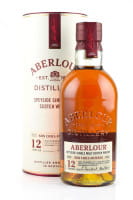

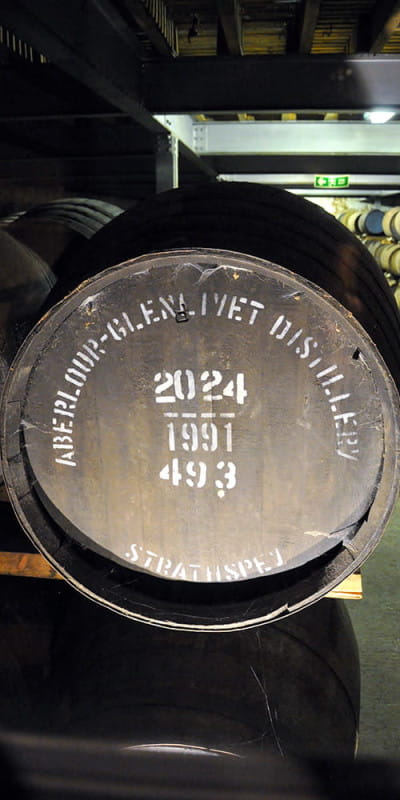
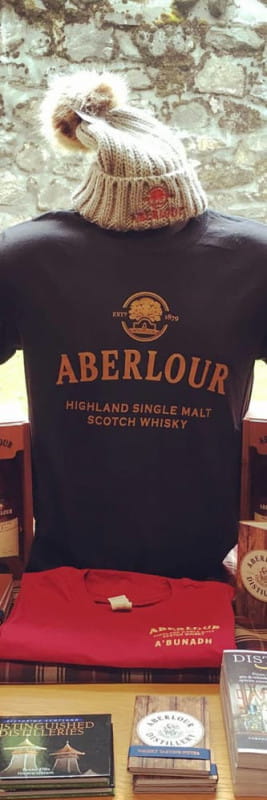
Bildnachweis / Bildquelle: Leon Schuster Malt Mariners










